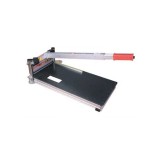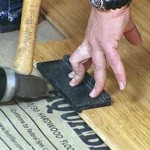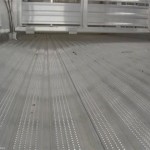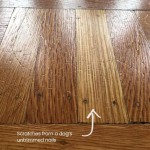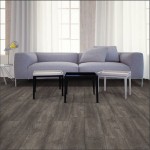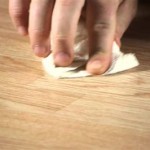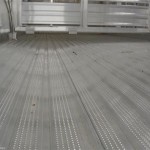Engineered Hardwood Flooring: An Ideal Choice for Radiant Heat
Combining the warmth and elegance of hardwood with the practicality of engineered construction, engineered hardwood flooring has emerged as a versatile option for homeowners seeking comfort and style. Its compatibility with radiant heat systems makes it a particularly desirable choice for those looking to create a cozy and energy-efficient indoor environment.
Engineered hardwood flooring consists of a top layer of genuine hardwood bonded to a multi-ply core of plywood or fiberboard. This innovative construction provides stability, moisture resistance, and dimensional stability, making it well-suited for areas with fluctuating temperatures and humidity levels. Moreover, its thin profile allows for direct installation over radiant heat systems, ensuring optimal heat transfer and distribution throughout the room.
When selecting engineered hardwood flooring for radiant heat, certain aspects warrant consideration:
Species Selection:Different hardwood species exhibit varying thermal conductivity, affecting the rate at which heat passes through them. Species with higher thermal conductivity, such as oak, maple, and cherry, are ideal for radiant heat systems as they facilitate efficient heat distribution.
Moisture Content:Moisture content plays a crucial role in the performance of engineered hardwood flooring over radiant heat. Aim for a moisture content of 8-12% to minimize the risk of gapping, buckling, or cupping due to moisture expansion or contraction.
Plank Width:Wider planks tend to expand and contract more than narrower planks. For radiant heat installations, planks narrower than 6 inches are generally preferred to reduce potential movement-related issues.
Installation Method:The most common installation method for engineered hardwood flooring is nailing or stapling. However, when installing over radiant heat, it is essential to use specialized nails or staples designed for radiant heat applications to prevent damage to the heating system.
Radiant Heat System Type:The type of radiant heat system also influences the choice of engineered hardwood flooring. Electric radiant heat systems generate dry heat, while hydronic radiant heat systems use warm water. Hydronic systems require a higher moisture content in the flooring to prevent cracking. Therefore, it is crucial to select flooring appropriate for the specific radiant heat system employed.
By carefully considering these factors and working with reputable flooring professionals, homeowners can reap the benefits of engineered hardwood flooring over radiant heat, creating a warm, inviting, and stylish living space.

Heated Hardwood And Engineered Floors Warmup Usa

What You Need To Know About Radiant Heating With Wood Floors Macdonald Hardwoods

Radiant Heat Wood Quality Hardwoods Superior Design Palo Duro

Heating Wood Floors 101 Everything You Need To Know Floorings

Can You Install Hardwood Floors Over Radiant Heat Impressions Flooring Collection

Maple Flooring Over Radiant Heat Fine Homebuilding

Wood Floors And Electric Radiant Heat Concord Carpenter

Best Flooring Over Hydronic Radiant Heat Warmboard Inc

Installing Warmup Electric Radiat Heat Under Hardwood Flooring

Installing Wood Flooring Over Underfloor Heating Esb
Related Posts

